The district prison (or New Prison) which had a personnel of 30 people (26 soldiers, four non-commissioned officers), was a characteristic Shkodran building, the largest after the “Large Prison.”
Behind the entry gate, there was a three-meter-wide corridor, in which there was a room for the police officer on duty. The prison’s directorate and ordinary prisoners were located at the second floor of the building. Political prisoners were “provided” the three rooms below. Another room was the women’s one, which was connected to the outside. It had Terezina Pali, Drita Kosturi etc. Priests were also kept together. Some of the prisoners located in this prison were Guljem Deda, Kolë Vjerdha, Myfit Bushati, Ndoc Çoba (arrested on 27 January 1945), Valentin Pervizi etc.
Until 27 February 1945, there were reportedly 230 detainees in this prison, of whom eight were women.
A somehow detailed description of new prison of Shkodra is provided by Ahmet Bushati, who was taken there in 1948.
“‘The New Prison’ was second in size after the Large Prison. It was a two-floor-building. We would learn very soon that that building used to be the Çeka family’s and some other people … would also call it the “Suma Prison”.
After the entry gate, there was a 3-meter-wide corridor, at one corner of which there was a makeshift room for the officer on duty, which had the building’s walls in two sides and the other two were ceiling-high iron walls. They untied our hands that first night in that room to take us, as I explained, to the other part of the corridor, which had two doors to the sides and one to the front, which were numbered ‘1’ (right), ‘2’ (left) and ‘3’ (front). Whereas the two side rooms, meaning 1 and 2, were raised around one stair and laid with wood boards (Shkodra’s famous stoves), the one numbered 3 stayed at the lower part of the corridor and had a cement floor, probably a past basement that extended throughout the building, i.e., the two others rooms’ length plus the corridor’s width.
Ruzhdi Çoba, Thabit Rusi, Qazim Dervishi, Lec Barbullushi, Ruzhdi Baja and Refik Bushati were taken to room no. 1. They put Ernest Përdoda and Xhelë Baci in room no. 2, and Remzi and Xhevat Quku, Tomë Sheldia and myelf in room no. 3.
Except the prisons, around ten homes and Catholic convents were transformed to interrogation, detainment, torture and internment sites in the years 1944-1950. They were:
Sandër Saraçi’s Home
Shkrels’ Home
Ulqinak’s Home
Franciscan Convent
‘Malet Tona’ Convent
Gestapo Prison
In the rooms and yards of these homes, among others, lawyer Myzafer Pipa, cleric Frano Gjini, professor Qemal Draçini lost their lives from torture.
Prisoners:

